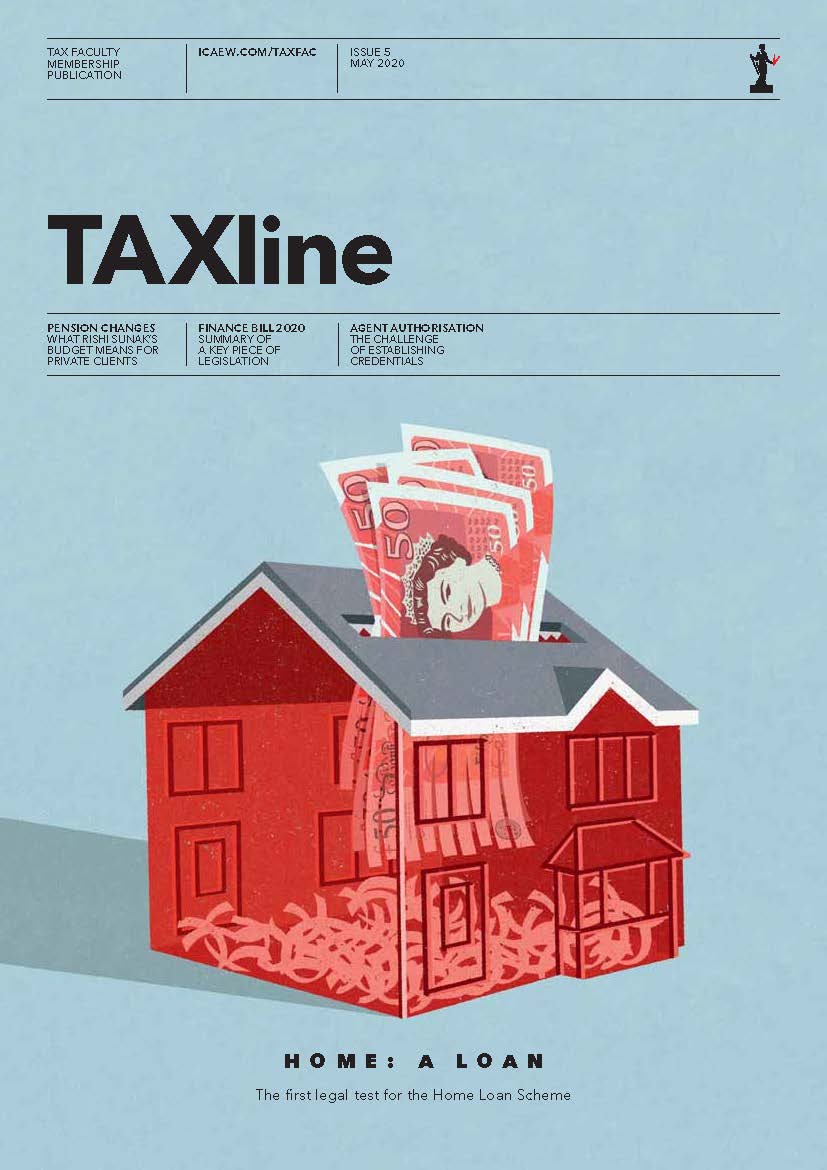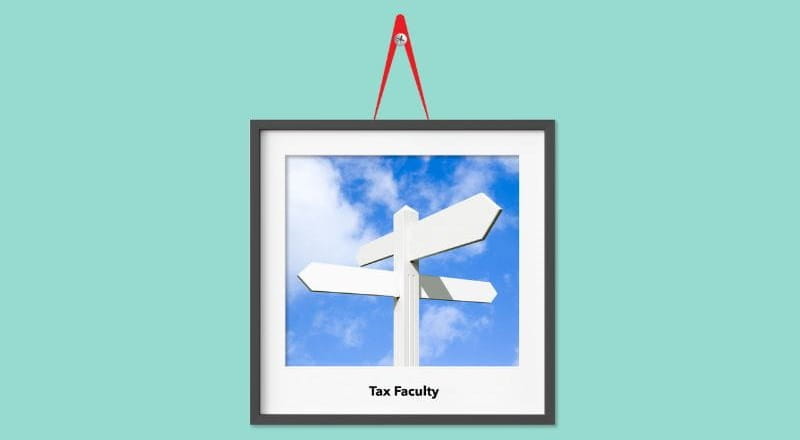The report shows that the total cost of non-structural tax reliefs increased by £30bn (18% increase) from 2020/21 to 2021/22. As tax receipts increased by 20% over the same period, this suggests that the cost of reliefs is broadly keeping track with the government’s revenue base. This is reassuring, given the uncertainty of the current economic climate.
Five non-structural reliefs account for 65% of the total cost. While these five reliefs have all increased modestly in nominal terms, they remain flat as a proportion of GDP. The five reliefs are:
- capital gains tax private residence relief;
- income tax relief for registered pension scheme contributions;
- national insurance contributions savings from contributions to and benefits from registered pension schemes;
- VAT zero rating of food; and
- the VAT treatment of the construction and sale of new dwellings.
Of the other 36 large non-structural reliefs, roughly half have increased by more than 5% in nominal terms. The remainder have either increased modestly or decreased.
HMRC has made improvements in the clarity of the statistics published by including:
- summaries or links to existing published analysis showing the distributional impacts and effectiveness of the most significant reliefs; and
- summary statistics highlighting key trends and findings.
COVID-related reliefs
Of the COVID-related tax reliefs that remained in place in 2021/22, the most expensive one was the temporary reduced rate of VAT on hospitality, holiday accommodation and attractions. As different reliefs and rates applied between 2020/21 and 2021/22, it is impossible to make a meaningful comparison between these two years. However, there was an overall increase in cost from £3.1bn to £5.5bn.
The single-year cost estimates of the other COVID-related reliefs included in the report was less than £300m in total, which included:
- modification of the statutory residence test;
- the exemption for the support scheme payment for working tax credits recipients;
- the exemption for employer-provided and employer-reimbursed coronavirus antigen tests; and
- home office expenses.
This demonstrates that the direct cost of supporting taxpayers during the pandemic was only expensive in the short term.
Biggest increases in reliefs
The three reliefs with the largest percentage increase in cost between 2017/18 and 2021/22 were:
- Inheritance tax residence nil rate band (RNRB): 79% increase;
- Research and development (R&D) tax relief for SMEs: 85 % increase; and
- High end TV tax relief (HETV): 204% increase.
The increase in RNRB can probably be explained by an increase in awareness of the relief and the rise in house prices over that period.
The increase in the cost R&D SME tax relief in recent years has been well-documented and has been the subject of investigation by the House of Lords Economic Affairs Finance Bill Sub-Committee, to which ICAEW has given evidence.
The rising cost is perhaps one of the drivers for HM Treasury’s consultation on a merger of the existing SME and R&D expenditure credit schemes. The number of claimants increased modestly from 52,200 in 2017/18 to 76,300 in 2020/21. It will be interesting to see whether there has been a significant increase in claimants in 2021/22, once the statistic for that period is available.
HETV tax relief is also being re-examined through HM Treasury’s consultation into the suite of audio-visual tax reliefs introduced in 2013. As with the R&D schemes, the government is looking at merging these into one single relief scheme. The increase in this relief is attributed largely to an increase in claims for large budget productions.
Stamp duty land tax multiple dwellings relief
Alongside the report on non-structural reliefs, HMRC also issued a report on structural tax reliefs. This includes a separate update on statistics for multiple dwellings relief (MDR). The methodology for calculating MDR statistics was reviewed, which revealed two errors that were subsequently corrected.
After applying the new methodology, it showed a 95% increase in the cost of the relief between 2016/17 and 2021/22 to £730m. By contrast, the average annual cost estimate of MDR over the four-year period to 2019/20 had been just £50m and was showing a decrease in the value of claims.
Applying the new methodology, there was also a 125% increase in the number of claimants, to 15,500 over the same period. Under the original methodology, the number of claimants would have shown a fall to 1,600 by 2021/22.
Previous estimates only took account of 15% of claims because of the incorrect usage of a filtering variable in the administrative data set. The previous methodology also underestimated the value of claims related to linked transactions (where more than one transaction is part of a single arrangement between the same buyer and vendor).
The Tax Faculty
ICAEW's Tax Faculty is recognised internationally as a leading authority and source of expertise on taxation. The faculty is the voice of tax for ICAEW, responsible for all submissions to the tax authorities. Join the Faculty for expert guidance and support enabling you to provide the best advice on tax to your clients or business.
More support on tax
ICAEW's Tax Faculty provides technical guidance and practical support on tax practice and policy. You can sign up to the Tax Faculty's free enewsletter (TAXwire) which provides weekly updates on developments in tax.
Sign up for TAXwireJoin the Tax Faculty



